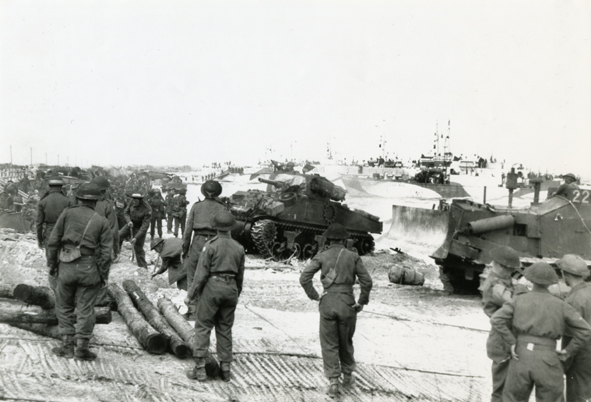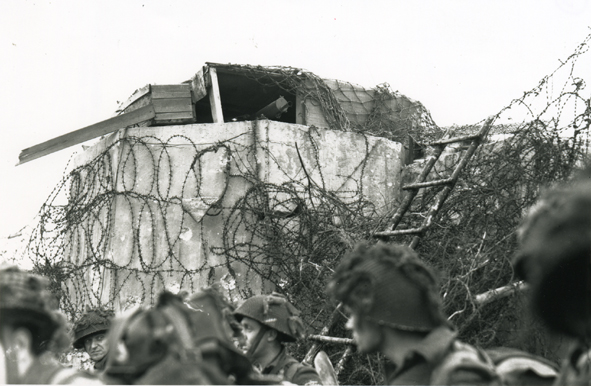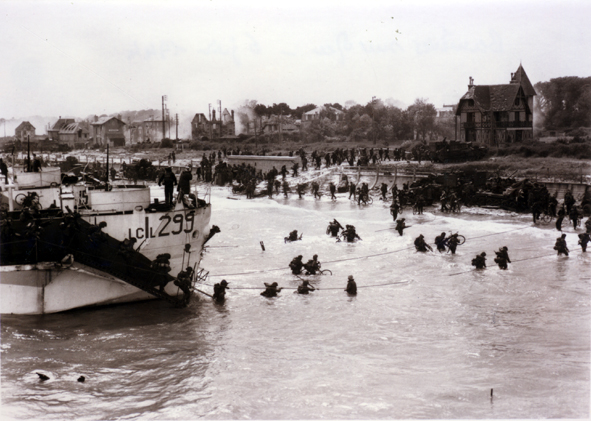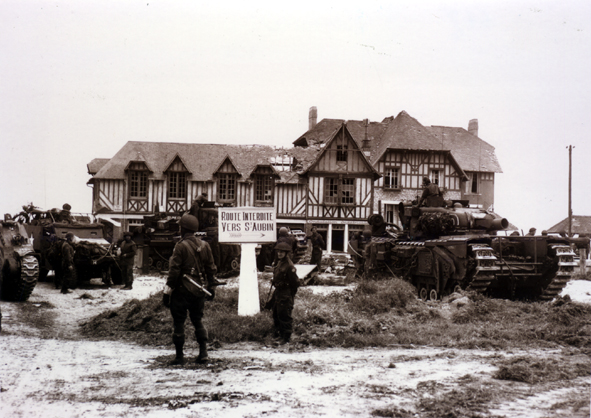- Point of Interest
- 18 Allée de la Brise, 14470 Courseulles-sur-Mer, France
Devolved to the 3rd Canadian Infantry Division, Juno Beach stretched from Graye-sur-Mer to Saint-Aubin-sur-Mer. On D-Day, despite the difficulties to neutralize some German strongpoints and a relatively high casualty rate, Canadian troops were able to penetrate deep inland before being blocked overnight northwest of Caen.
On D-Day, 6 June 1944, the 3rd Canadian Division of Major General Rod Keller was tasked with the mission to land on the beach coded Juno, corresponding to the towns of Graye, Courseulles, Bernières and Saint-Aubin-sur-Mer. Quite a few things went wrong that morning: The preliminary naval bombardments, for instance, were not very effective, and the stormy sea caused delays. Consequently, the German defenders, holed up in their bunkers, could offer serious resistance. Many landing crafts were hit by gunfire or damaged by underwater obstacles. The Canadian assault units nevertheless succeeded, with the support of tanks, to destroy the German positions one at a time.
The fighting was particularly heavy at Bernières and even more so at Courseulles. This small port at the mouth of the Seulles was indeed heavily defended. It was, however, in Saint-Aubin that the fighting was fiercest: It took a good part of the day to neutralize a 50 mm gun overlooking the beach and protected by field-fortifications (felled trees) blocking the narrow streets of the village. The village was only finally secured during the night.
This resistance led to congestion at the few beach exits. Hampered by the build-up of vehicles, Canadian troops still managed to advance deep inland. Tolled at 961 casualties, including 319 killed, they made remarkable progress on D-Day. The next day, however, their advancement was cut short northwest of Caen by the arrival of German armoured reinforcements.





